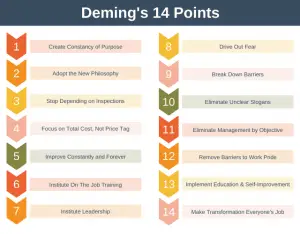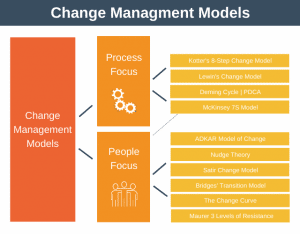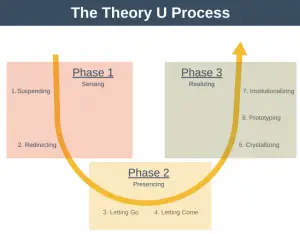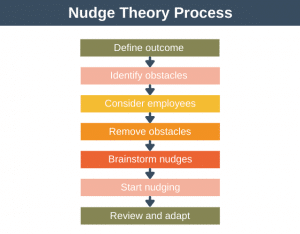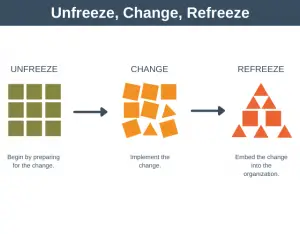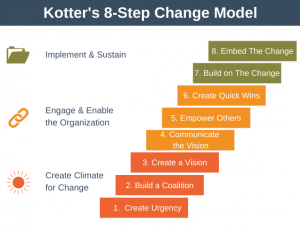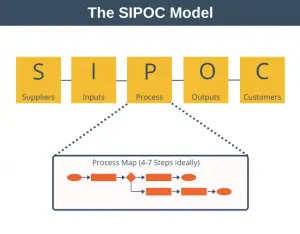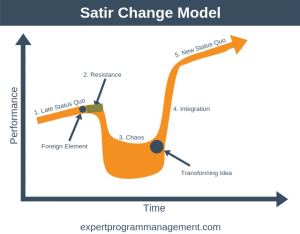CMMI stands for Capability Maturity Model Integration. It is an approach that helps organizations improve their processes. Do you believe that great process just somehow happen, or do you believe it’s more likely that the quality of an organization’s processes is related to the quality of the process used to develop and improve said processes? If it’s the latter then read on…
CMMI helps you to focus on your processes as well as on the products and services you produce. This is important because if like me you’re working as a program manager, project manager, or in most other product creation roles, then you are paid your bonuses and given promotions, based on whether you hit deadlines, not whether you follow process. Essentially, using CMMI reminds us to focus on process improvement.
So now we know that CMMI can help improve our processes, but what exactly is a maturity model. A maturity model is, at its simplest, a description of what makes a good process. In practice this will include a framework to help you prioritize the next improvement steps, along with a common language, and a way to define what improvement looks like for your particular organization. A maturity model provides a benchmark of how good your processes are against other comparable organizations.
Taking this one step further we can define a Capability Maturity Model (CMM), as a reference description of mature practices for a particular discipline, made by others in the same discipline, which you can use to measure your ability to perform that discipline. CMMI is a specific form of CMM.
As you’ve probably guessed by now there are many CMM’s. Here are just a few: ISO 15504, EIA 731, and People CMM. CMMI currently looks at three interest areas:
- Product and service development (CMMI-DEV)
- Service establishment, management, and delivery (CMMI-SVC)
- Product and service acquisition (CMMI-ACQ)
To understand what the benefit of CMMI might be to your organization you need to think about what improved processes might mean for you. What would be the impact to your organization if project predictability was improved by 10%? What would be the impact if the cost of finding and fixing defects reduced by 10%? By benchmarking yourself before beginning process improvement, you will be looking to see that any process improvements made have a positive impact on the bottom line.
Turning to a real world example of the benefits of CMMI, Lockheed Martin, between 1996 and 2002 were able to increase software productivity by 30%, whilst decreasing the unit software cost by 20%.
I hope the prospect of reaping the benefits above has encouraged you to investigate CMMI further. Wikipedia is a good place to start investigating in more detail. Here is the link.
